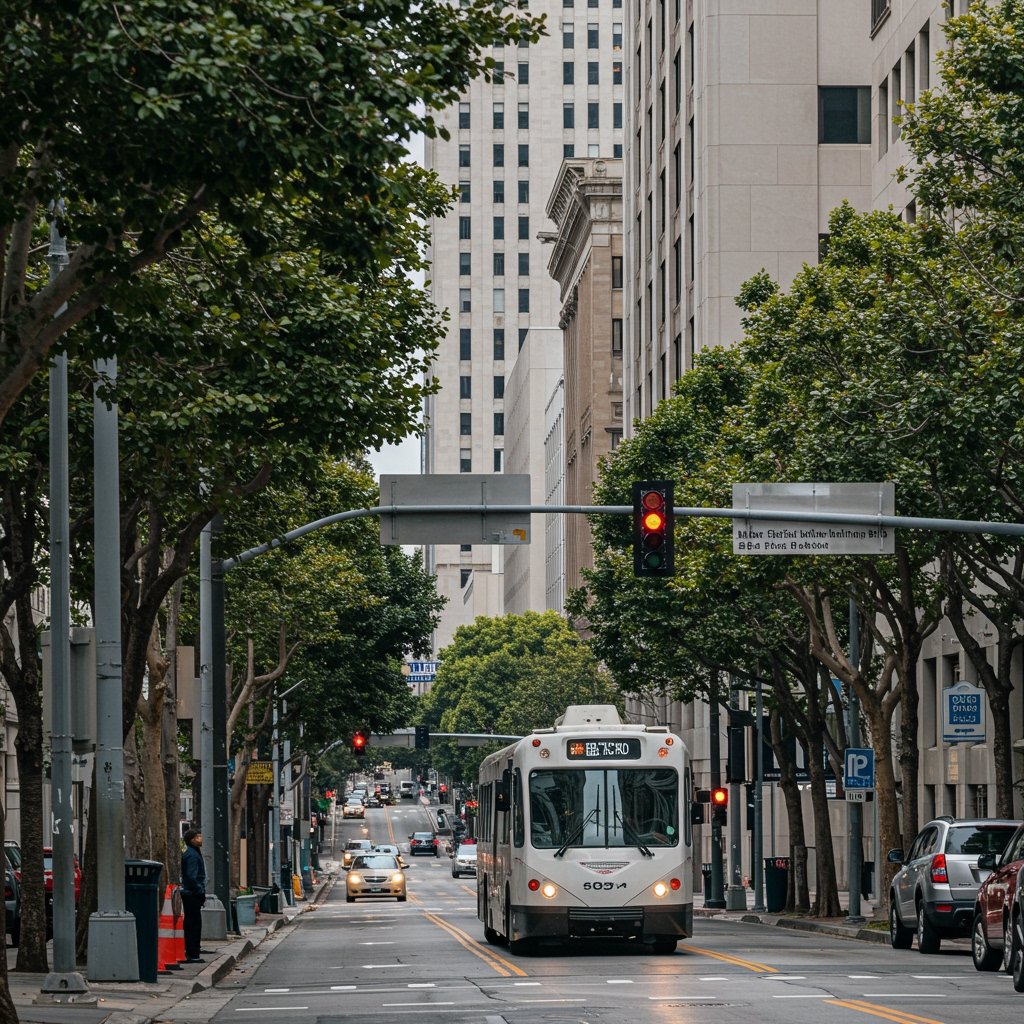California Transit Housing Bill SB 33 Clears Senate Amid Fierce Debate
SACRAMENTO, CA – A controversial legislative effort to accelerate housing development near public transit hubs across California narrowly cleared a significant hurdle on February 5, 2025, as Senate Bill 33, championed by Senator Anya Sharma, passed the State Senate by a tight margin of 21-18. The bill now advances to the State Assembly, where it is expected to face continued, robust opposition.
SB 33 is designed to address California’s persistent and severe housing crisis by mandating increased density in designated transit-rich areas. Specifically, the proposed legislation would override local zoning ordinances to allow for the construction of multi-unit residential buildings up to six stories in height. This permissive zoning would apply to parcels located within a half-mile radius of major rail and bus transit hubs in California’s largest and most transit-served cities, including but not limited to Los Angeles, San Francisco, and San Diego.
Addressing California’s Housing Shortage
California has long grappled with one of the nation’s most acute housing shortages, leading to sky-high housing costs, crippling affordability challenges, and contributing significantly to issues like homelessness and outward migration of residents. Economists and housing advocates largely agree that decades of insufficient housing production relative to population and job growth are the root cause. SB 33 represents a legislative attempt to bypass some of the traditional local land-use approval processes often cited as impediments to faster, larger-scale development. By standardizing height and density limits near transit, proponents argue the bill could unlock significant potential for new housing units in locations where residents would have convenient access to public transportation, potentially reducing reliance on automobiles and shortening commutes.
Proponents Champion SB 33 as a Vital Solution
Supporters of SB 33, most notably the California YIMBY Coalition (Yes In My Backyard), celebrated the Senate vote as a crucial step forward in the fight against the housing crisis. They argue that the bill’s transit-oriented development (TOD) approach is not only necessary for increasing supply but also promotes sustainable urban growth. The California YIMBY Coalition estimates that SB 33 could pave the way for the creation of an estimated 750,000 new housing units over the next decade.
According to the coalition, voluntary local efforts have proven insufficient to meet the state’s housing needs. They contend that state intervention is required to overcome local resistance to density and unlock housing potential in areas well-suited for higher-density living due to existing transit infrastructure. They emphasize that building housing near transit reduces sprawl, lowers carbon emissions, and makes housing more accessible to people who rely on public transportation or wish to reduce transportation costs. The potential for 750,000 units is highlighted as a transformative impact that could genuinely move the needle on affordability over time.
Opponents Raise Alarms Over Local Impacts
However, the passage of SB 33 through the Senate was met with dismay and sharp criticism from various groups, including the Alliance of Neighborhood Associations. Opponents argue that the bill constitutes a significant overreach of state power, stripping local communities of essential planning and zoning authority. Their primary concerns center on the potential strain on existing local infrastructure, including water, sewer, schools, and roads, which they argue are often inadequate to support a sudden increase in residential density without significant, costly upgrades.
Parking is another major flashpoint for opponents. While TOD principles often assume reduced car ownership, critics argue that many residents in these areas still own vehicles, and allowing six-story buildings without adequate parking minimums will lead to severe parking shortages that spill over into surrounding residential streets, disrupting neighborhood life. The preservation of existing neighborhood character, particularly in areas currently dominated by single-family homes or lower-density housing, is a deeply felt concern. The Alliance of Neighborhood Associations fears that the bill would fundamentally alter the aesthetic and community fabric of long-established neighborhoods. They also voice concerns about potential unintended consequences like gentrification, where new, potentially market-rate development could drive up property values and rents, leading to the displacement of long-term residents and businesses.
The Legislative Path Continues
The narrow 21-18 vote in the Senate underscores the deeply divided opinions surrounding SB 33 and the broader debate over state mandates versus local control in addressing the housing crisis. The bill’s passage out of the Senate marks the end of one phase but immediately shifts the battleground to the State Assembly.
Representatives from the Alliance of Neighborhood Associations and other opposing groups have vowed to redouble their efforts to defeat the bill in the Assembly. This will likely involve extensive lobbying of Assembly members, public awareness campaigns highlighting their concerns, and potentially exploring legal challenges should the bill ultimately be signed into law. Proponents, conversely, will continue to push for the bill’s passage, emphasizing the urgent need for housing and the strategic benefits of transit-oriented development.
As SB 33 navigates the Assembly, it will face committee hearings and potentially amendments before reaching a floor vote. The outcome remains uncertain, but the debate surrounding the bill highlights the significant challenges California faces in balancing the urgent need for housing with concerns about local control, infrastructure capacity, and neighborhood preservation. The legislative journey of SB 33 is far from over, and its future will have profound implications for the development trajectory of California’s urban areas.



















